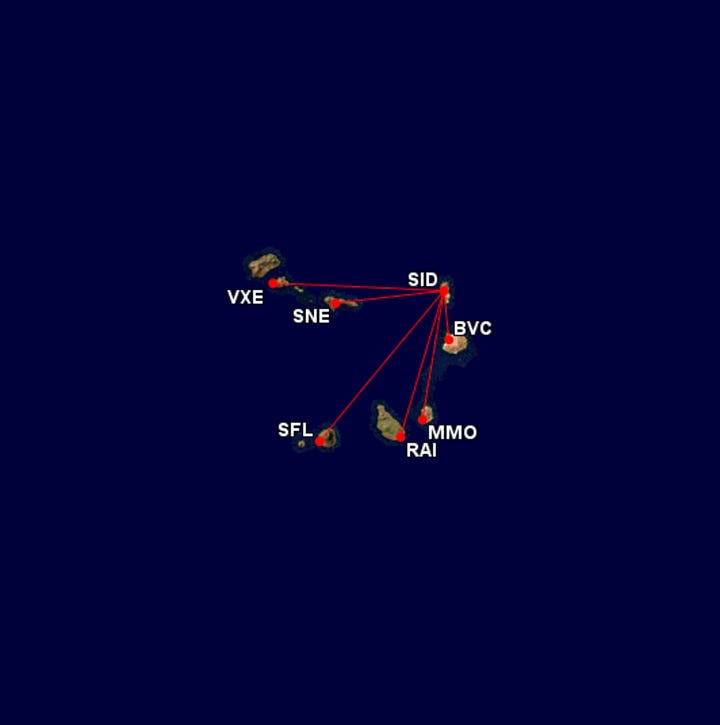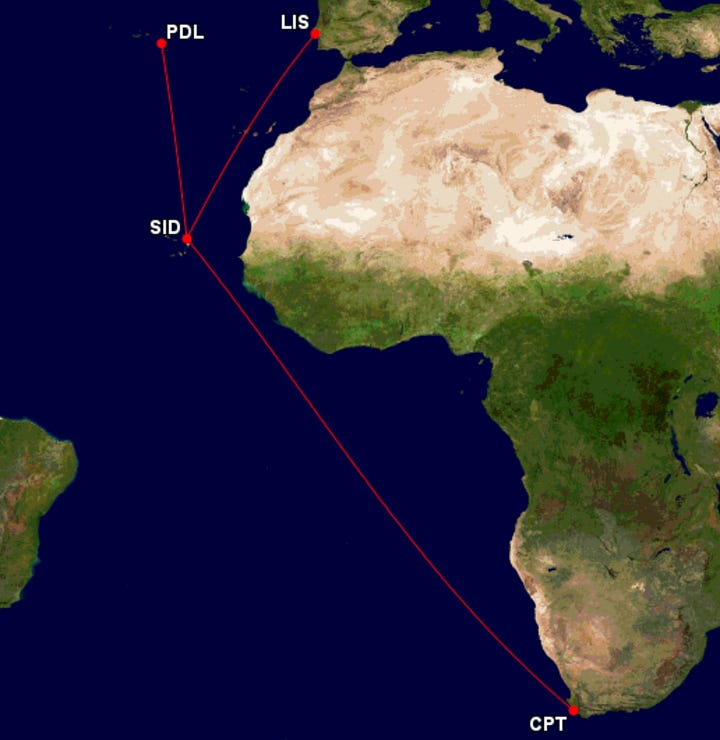The Wingspan: January 2024 Issue
Bom dia from Cabo Verde! New Year's Resolutions, ranked. This month's entertainment: Lessons in Chemistry
From the CEO
Happy New Year! Or as they say in our featured destination, Cape Verde, Feliz Ano Novo!
In this new year, we hope you find yourself in new places. Whether that means you’re resolving to get that qualification that you’ve finally been mulling over for years or picking a new travel destination, may 2024 be the year of your resolutions.
You can learn more about the magazine and our history here.
Tony Choi
CEO, Northwings
Cape Verde: Our Job is Beach
Straddling the sweet spot between the 16th and 17th parallels north with countries like Mexico, Guatemala and the Philippines, this month’s featured destination is Cape Verde. The island nation contains multitudes. It’s where Europe and Africa meet to face the New World culturally. It’s where the sodade of its national music morna is the perfect backdrop against the pristine beaches, colonial architecture and nature. With four weekly Northwings flights from Lisbon, fly into this archipelago of adventures like the winds of the Sahara blowing from the African mainland.
Cape Verde is separated into two groups of islands: Sotavento (leeward) and Barlavento (windward). Whether you choose an adventure island hopping or relaxation by the beach, we’ve got you covered. We’ll go in-depth into four of our favourite islands.
Sal: 350 Days of Sun a Year
Sal on the Barlavento is Cape Verde’s gateway to the world. The country’s main airport, Amílcar Cabral, is on this island near the city of Espargos. If you want a hassle-free vacation, Sal is more than enough with beaches all abound. And leave that umbrella behind: Sal features more than 350 days of sun.
Sal Highlights
Pedra de Lume: These pink and green salt pans where you can float in the extinct caldera will show you why the Portuguese just called this island Salt.
Santa Maria beach and town: Dotted with resorts and hotels, this beautiful beach is catered to tourists who want a little bit of everything that Cape Verde has to offer.
Santiago: Culture and Nature
Jumping to the wetter Sotavento Islands, Santiago is the main island of Cape Verde. The capital Praia, literally meaning beach in Portuguese, is on the island. More than half of the country call this island home, and it is the natural cultural and economic centre of Cape Verde. But if your idea of vacation isn’t bustling cities and beautiful beaches more than a third of the island is forested. So why not take a hike in the cloud forests of the island?
Santiago Highlights
Quebra Canela Beach: The liveliest beach in the country with nightlife, restaurants and bars that surround it, Quebra Canela is just minutes from hotels of Praia.
Cidade Velha: Founded in 1462, this UNESCO Heritage Site is the oldest city filled with the architecture from the age of exploration on this formerly deserted archipelago. Ribera Grande, as it was formerly called, was the colonial capital until its position in relation to pirate and foreign attacks became too vulnerable. Like many other old cities of formerly colonial West Africa, it is a point of reflection of the island’s pained past as a key anchor for the Portuguese slave trade with the central Pelourinho serving as a reminder.
São Vicente: The Cultural Heartland
São Vicente is where Cesária Évora, the Queen of Morna, was born, lived and died. Against the backdrop of Monte Verde towering over this small island, the theme of Sodade (The Portuguese Saudade in Cape Verdean Creole) is especially resonant here.
São Vicente Highlights
Mindelo: Most of the island’s 80,000 souls call Mindelo home. It’s also preserved its European architecture incredibly well, fossilizing an era when this island was home to the largest port in the African Atlantic. With museums, workshops and performances, you can see why Cape Verde is the place where Europe, Africa and Brazil meet.
Baía das Gatas: This coastal hamlet is home to white sand beaches and natural pools where sharks came to rest at night, but has been since blocked off. It also plays host to Cape Verde’s biggest music festival: Festival Baía das Gatas.
Brava: Island of Flowers
While the actual Cap-Vert the country is named after may be located in Senegal on the African mainland, Brava truly earns the name Cabo Verde (green cape). The hospitality of the people living in the picturesque town of Nova Sintra is only matched by the natural beauty of the rocky cliffs, lush mountains and the natural pools of the island.
Brava Highlights
Fontainhas: See the highest point of the island after walking through hills scented with jasmine and dotted with unique viewpoints in this intermediate hike. On clear days, you can see the island of Fogo and its active volcano from the peak.
Fajã de Água: Reward your hikes and your journey to the most remote island of the archipelago with a dip in the natural pools of this coastal town where the natural volcanic formation formed a beautiful natural pool.
…e mais pra tudo:
While we chose these four islands as our highlights, there are five other islands awaiting your visit. (The uninhabited Santa Luzia is typically off limits, unless you’re a local fisherman or a biologist) A getaway to Cape Verde is an adventure of your own planning. How many islands can you fit in a single visit? What are the untold adventures that only you get to have?
Santo Antão: Known as Ilha das Montanhas (Island of Mountains), this island can only be reached by ferries because of high winds, but its majestic scenery is worth a day trip from the nearest island, São Vicente.
Boa Vista: Boa Vista lives up to its name of beautiful, stunning views in its many beaches, from the shipwreck of Praia da Atalanta to the caves that lead you to Praia do Curralinho, this is the beach island. Say hi to the turtles in the turtle bay!
Maio: Maio is the serene getaway that is the perfect place to remind you that you are in a slice of heaven in the middle of the Atlantic.
São Nicolau: One of the least visited islands, this island is filled with legends and secrets. The pastoral scenes dotted with villages and rolling hills on the west are matched by the desert landscape of the east.
Fogo: Meaning fire in Portuguese, Fogo is home to the only active volcano in the archipelago, last erupting in 2014. But with the explosive risk comes great bounties: its volcanic activities yield the best coffee, wine and unique buildings made from the lava in the town of Chã das Calderas.
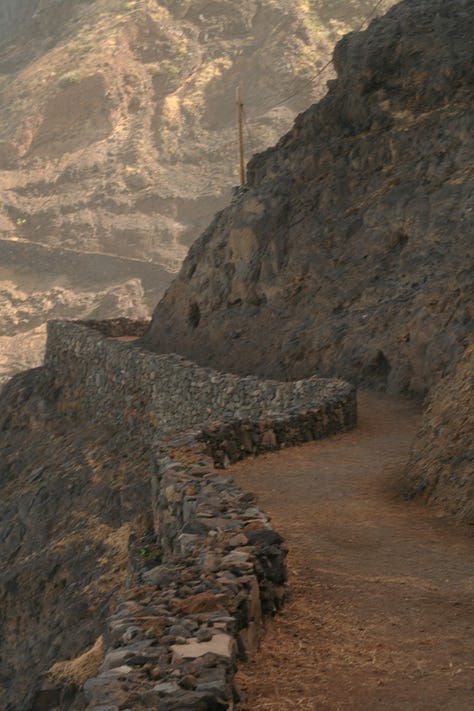
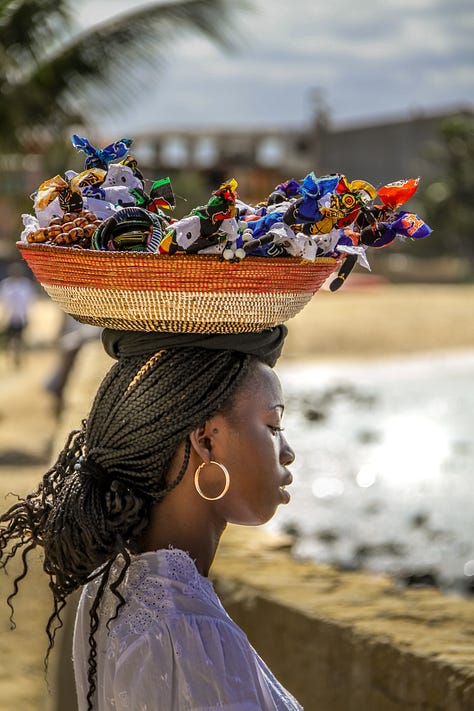
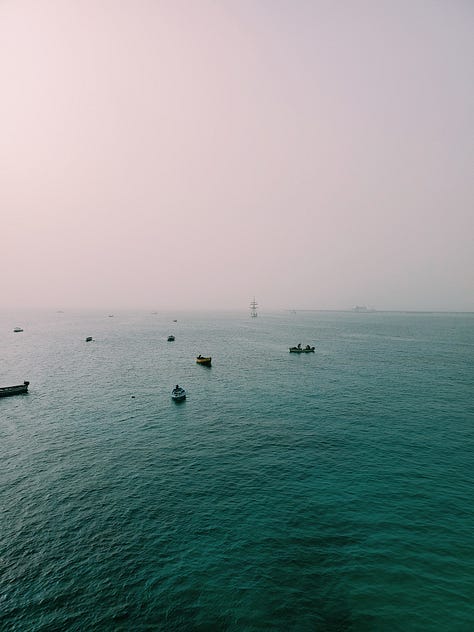
New Year’s Resolutions, Graded
You never know what life throws your way. Remember when you got excited to ring in the year 2020? Here are some common New Year’s Resolutions and my report card for them.
Losing weight: Unoriginal. Very vague. Needs a roadmap. If you’re setting this one, you need to break it down into chunks. Is it exercise x amount per y interval? Is it cutting out certain food items? (F)
Saving Money: Alright, less vague. And this is measurable. However—what’s the end goal of this? It’s got the opposite issue of the “Losing weight.” Is it to save up for retirement? To finally afford that dream vacation? You need motivation. (D)
Doing x / not doing x - A mixed bag over here! I think the bigger question you need to ask is why haven’t you been doing/not doing x all this time? But it’s great that you’re getting into the specifics. (C)
Not setting resolutions: Let’s be real here. This is the most realistic thing that you can do for yourself. At the end of the first week of the New Year, nearly a quarter of people give up on their resolutions. By the end of January, the figure jumps up to more than 40%. (B)
Dry January: It’s measurable, and if you can use this as a springboard to get you to a sober lifestyle, that’s fantastic. (A+)
Now Playing Inflight: Lessons in Chemistry
This month’s feature is Lessons in Chemistry, an Apple TV series adapted from the novel of the same name by Bonnie Garmus. Produced by and starring Brie Larson, this limited drama series casts the erstwhile Captain Marvel as Elizabeth Zott, a chemist in the ‘60s. If you’ve watched Hidden Figures, this series hits a lot of similar beats: a woman working in science in the Sexist Times and playing to, but beating the oppressive systems that surround them. The major distinction, however, is that while Brie Larson is decidedly not Katherine Johnson, the issue of race plays in the background in a subplot that Aja Naomi King carries deftly but goes nowhere.
The one thing that Lessons in Chemistry carries is a lot of heaviness with a dash of humor that comes from being aghast at the overt sexism that comes from the men of the era. The series tackles a lot of heavy issues: sexism, racism, homophobia, death and religion to start, and for the most part, is able to handle with ease. But there’s a nagging feeling that everything else takes back seat to sexism. The end feels like a slight bit of deux ex machina at work, but I think it’s something you can let slide. Regardless, if you want a payoff in eight episodes of stunning period costumes and setting, high production values and great directing, this is the show for you.
Highlights: Her and Him (episode 2), CH3COOH (episode 5)
Who this is for: Prestige TV lovers, period piece fans, Brie Larson stans, people who enjoyed Hidden Figures
Who this isn’t for: People seeking levity, people seeking deeper exploration into social issues beyond sexism in the ‘60s
Flights to and From Cape Verde
